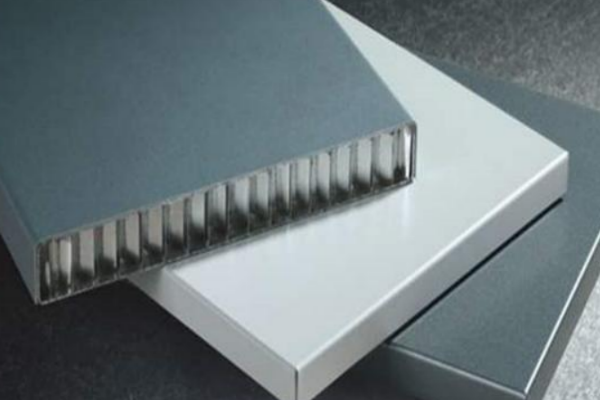 Home
> Blog
> Under what circumstances is cold pressing required for bonding with hot melt adhesive film
Home
> Blog
> Under what circumstances is cold pressing required for bonding with hot melt adhesive film
As we know, hot melt adhesive film needs to be heated to a certain temperature when bonding. At a certain temperature, the hot melt adhesive film will melt, thus wetting the object's surface to be bonded, and after waiting for the melted hot melt adhesive film to cool and solidify again, it will produce a certain temperature strength of bonding force.
Since hot melt films are widely used in the textile industry, they are usually laminated using drum-type laminating equipment and are rewound directly after the review is completed. There is no need for cold pressing as a step in this process but rather relies on the natural cooling of the laminated material to form a bond.

However, for some materials, bonding with hot melt adhesive film will never work without cold pressing, such as laminate bonding of plates only. This is due to the characteristics of hot melt adhesive film hot pressing. The characteristic of a hot melt film is that it is liquid at a high temperature, and only after it cools down and becomes solid will it have bonding strength. In other words, the bonding strength of hot melt film is not high until it cools down. In this way, materials such as plates, which have their thermal stresses, will be deformed by the natural cooling of the thermal stress release, which will eventually lead to the separation of the adhesive layer under this application.
Therefore, when using hot melt adhesive films for bonding thermally stressed materials such as sheets, it is necessary to go through a cold-pressing step. This ensures that the cooling process does not lead to cracking of the adhesive layer and accelerates the cooling of the material.
Related articles:
Product Introduction of Tpu Hot Melt Adhesive Film